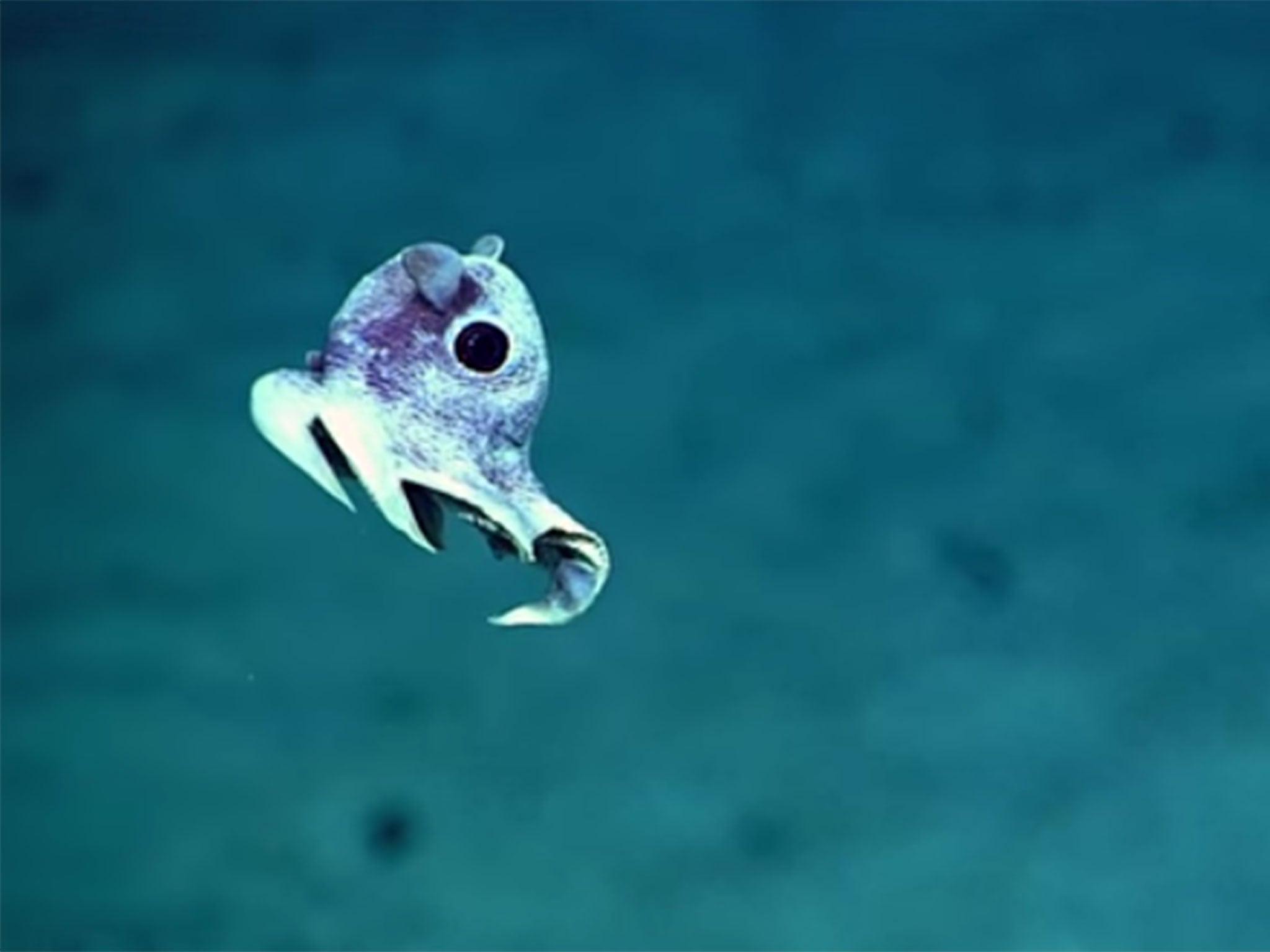

And at Scripps, Rodríguez-Flores not only gathered more data on the species, but also found that one specimen, collected in 1990, was an entirely new one. Luckily, the Smithsonian and Scripps Institutions had what she needed.

Rodríguez-Flores could only learn so much from Harvard’s collection. One species, for example, is fuchsia with purple polka dots another is lemon-yellow with a white racing stripe along its back.īut the comparatively humdrum deep-sea Munidopsidae family is hard to study because scientists have only been able to collect a small number of specimens, and these are scattered across the world. Squat lobsters can live almost anywhere - in shallow waters, coral reefs, deep-sea hydrothermal vents - and come in a whole rainbow of colors, some of them kind of psychedelic. That group lives almost exclusively in deep-sea continental shelves, slopes, and in the abyssal zone - the area 3,000 meters or more below the ocean’s surface. When Rodríguez-Flores joined the MCZ, she studied the museum’s collection of squat lobster specimens, focusing on those in the family Munidopsidae. “It’s really cold, really deep, a lot of pressure, and scattered food,” Rodríguez-Flores said, making it a challenge for any creature (as well as deep-sea exploration technologies) to survive.įour of the new species - which are, like many deep-sea creatures, ghost-white and near-blind - were found using remotely operated vehicles and a human-occupied vehicle called Alvin, which explored hydrothermal vents, cold seeps, and other seafloor habitats in the Galapagos, Costa Rica, and California over the last decade. The squat lobsters Rodríguez-Flores and her team identified live about 2,000 to 5,000 kilometers, or about 3 miles, below the ocean’s surface. Her study, which was a collaboration between Gonzalo Giribet, a professor of organismic and evolutionary biology and director of the Museum of Comparative Zoology, and the Scripps Institution of Oceanography, represents a welcome contribution to the limited body of knowledge, resulting in part from hurdles to doing research at extreme ocean depths. “If we don’t research this, maybe some species will go extinct when this exploitation starts.” For her research, Paula Rodríguez-Flores utilized the collections found at Harvard’s Museum of Comparative Zoology. With industries eager to explore the economic potential of this area, the deep-sea knowledge gap could come with a price: “People want to explore the deep ocean without knowing what is in this area,” Rodríguez-Flores said. It’s the most unexplored habitat in the world.” “We know maybe 10 percent, or even less, of the marine fauna. “Deep-sea diversity is really, really unknown,” said Rodríguez-Flores. All of which adds urgency to scientists’ desire to discover and study these animals before it’s too late. This change is important for more than just the squat lobster: Many of the creatures lurking in the ocean’s depths remain a mystery, and new human activities, like ocean floor mining, could soon threaten their very existence. Now, with this latest discovery of new species (one of which is called Munidopsis girguisi in honor of Peter Girguis, a professor of organismic and evolutionary biology at Harvard), the study’s authors call for a reclassification of all squat lobster species to better capture their geographic distribution and evolutionary history.

There are more than a thousand known species of squat lobster - which are closer to hermit crabs than the Maine lobster - and dozens more new species are discovered every year, which suggests their true diversity is still poorly understood. In a new study published in Invertebrate Systematics, she and a team of researchers identified five new species of deep-sea squat lobsters in the Munidopsidae family. By college, she had turned her attention to seabound invertebrates such as sea sponges, urchins, shrimp, and squat lobster, Rodríguez-Flores’ specialty. “Like really, really obsessed,” said the biodiversity postdoctoral fellow, who works in Harvard’s Museum of Comparative Zoology.Īs a youngster in her native Madrid, Rodríguez-Flores captured beetles in jars and brought her finds to bed with her.

Paula Rodríguez-Flores has always been obsessed with invertebrates.


 0 kommentar(er)
0 kommentar(er)
